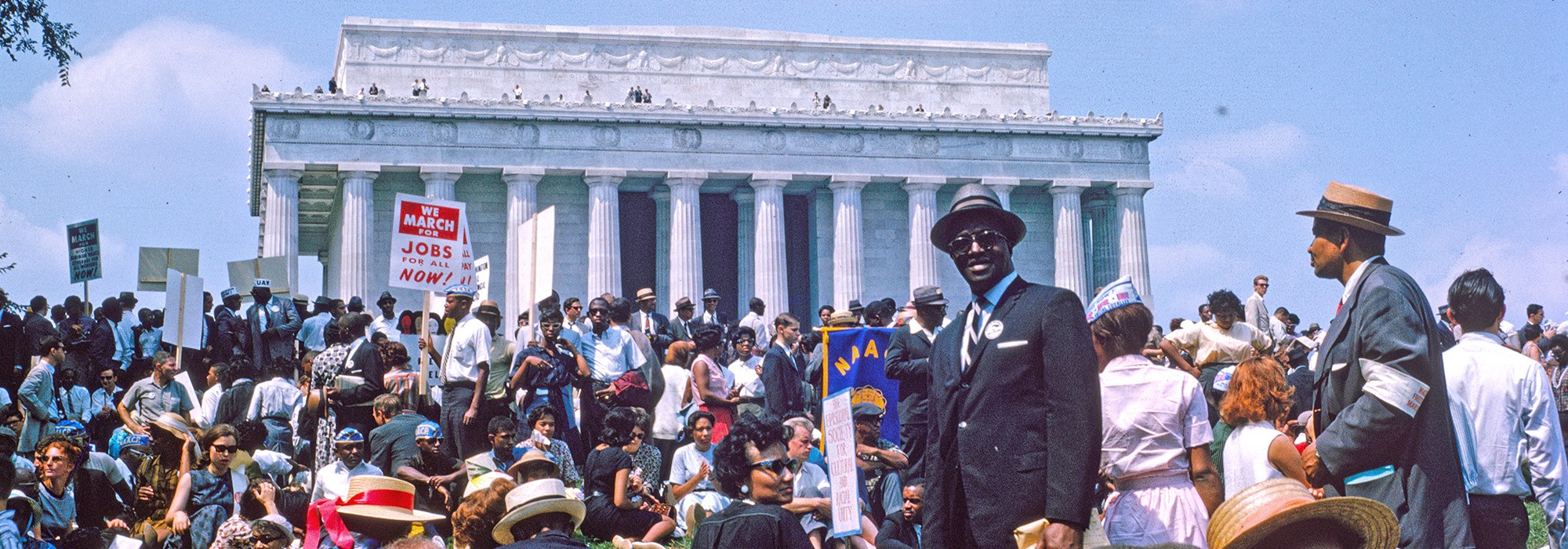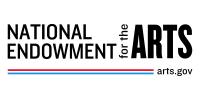African American Cultural Landscape Legacy
“If you know whence you came, there is really no limit to where you can go.”
— James Baldwin 1963
Preface
The history of African American experiences within our shared cultural landscapes has been and continues to be the subject of increasing public interest and engagement, and the focus of in-depth research, myriad dissertations, scholarly publications, and other forms of intellectual inquiry. What has been unearthed – in both a literal and figurative sense – has opened portals to unknown and/or forgotten people, places, and events. It has also begun to correct historic inaccuracies and make evident that which has too often been purposefully erased.
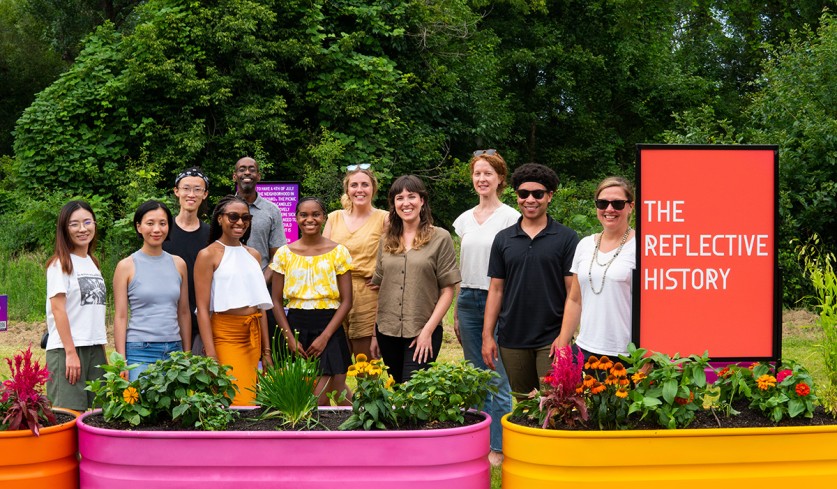
Cultural landscapes are the connective, dynamic living and non-living features that serve as witnesses and support cultural lifeways that are waiting to have their stories revealed. This African American Cultural Landscapes Guide aims to complement the growing body of knowledge and raise the visibility and value of these sites. It is also meant to provoke more discussions and research about how to reveal and tell these histories, and to encourage the search for untold stories.
This is just the start.
This guide is nested within two of The Cultural Landscape Foundation’s (TCLF) four principal programs – What’s Out There® and Pioneers®. The former is an ever-growing digital database of cultural landscapes, most of which are in the United States, featuring concise descriptions of nearly 2,700 sites, accompanied by more than 14,000 images. The latter features a digital database of landscape architects and allied professionals, and other shapers of our cultural landscape legacy, which currently includes more than 1,400 entries. The What’s Out There database is the foundation for 22 city and regional guides (including six done in collaboration with the National Park Service), and two thematic guides (one focused on modernism, the other on the legacy of Frederick Law Olmsted); this is the third thematic guide.
This guide is also a core component of TCLF’s Race and Space initiative, which launched in 2020 across all of TCLF’s programmatic platforms and is inspired by the broader national conversation about equity and racial justice. TCLF has been fortunate to have the support of numerous individuals and organizations including the National Endowment for the Arts, which in 2021 awarded a grant to expand the What’s Out There database, thus enabling the research and production of this guide.
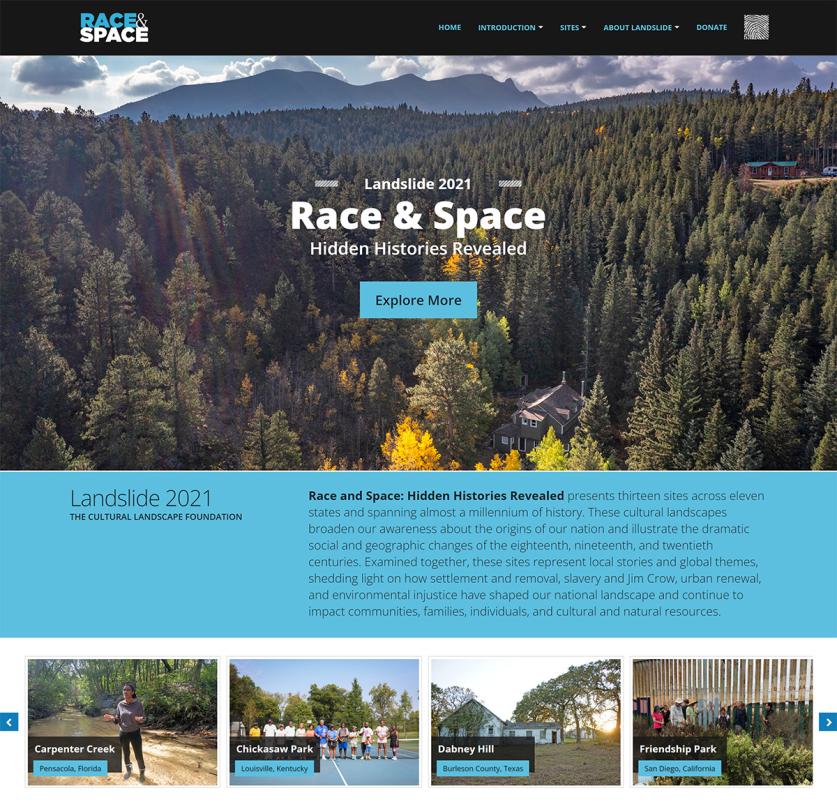
Research for the creation of this guide has shed light on some remarkable, yet lesser-known events, facts, places, and people, such as: Trap Pond State Park, Laurel, DE; Lewis Mountain Campground, Stanardsville, VA; and George Washington (1817-1905), who founded and platted Centralia, WA.
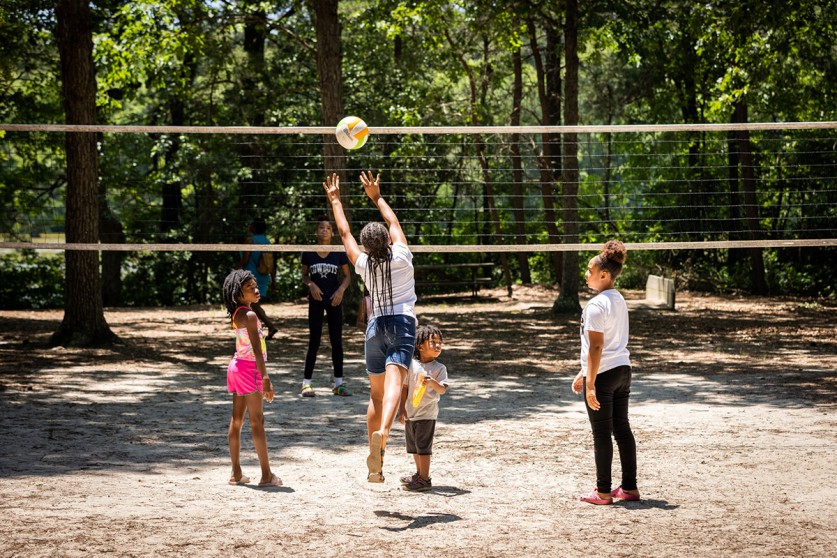
At launch, this African American Cultural Landscapes Guide contains more than 140 landscapes and 25 Pioneers profiles. As noted above, this is just the start.
Cultural Landscapes and this Guide
Cultural landscapes are landscapes that have been affected, influenced, or shaped by human involvement. To parse this vast body of information, TCLF organizes cultural landscapes into four generally recognized categories: “Historic Site,” “Vernacular Landscape,” “Designed Landscape,” and “Ethnographic Landscape.” The category “Designed Landscape,” for example, contains more than 70 types and subtypes, and sixteen distinct styles. Many of the typologies and styles in some way address the specific significance of African American cultural landscapes.
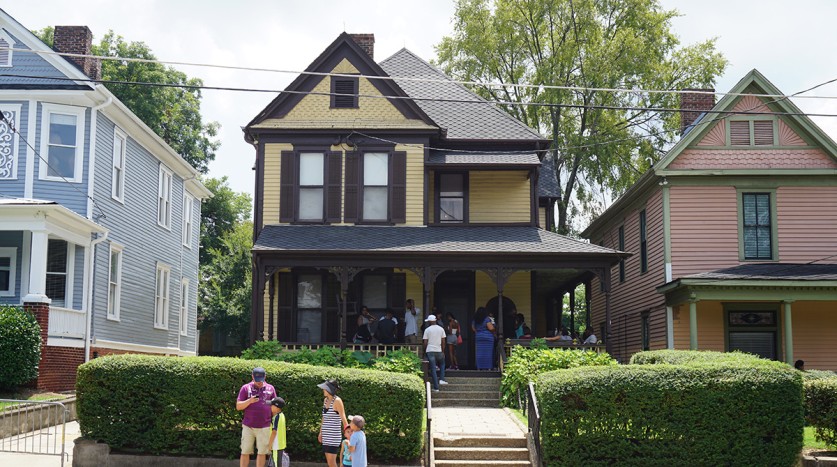
A widely acknowledged method for analyzing and contextualizing landscapes is through what are known as “Theme Studies.” Undertaken by the National Park Service (NPS) they “examine a national historic context for specific topics in American history or prehistory.” Recent NPS theme studies, such as “Civil Rights in America: Racial Discrimination in Housing” (2021) and “African American Outdoor Recreation” (2022), have been critical to documenting, interpreting, and designating African American heritage as National Historic Landmarks (NHL) and for listing in the National Register of Historic Places (NRHP). The goal is to preserve and protect this priceless heritage for future generations. Together with TCLF’s Cultural Landscapes Guide, these efforts to build a national context for African American cultural resources are intended to inform stewardship and management decisions.
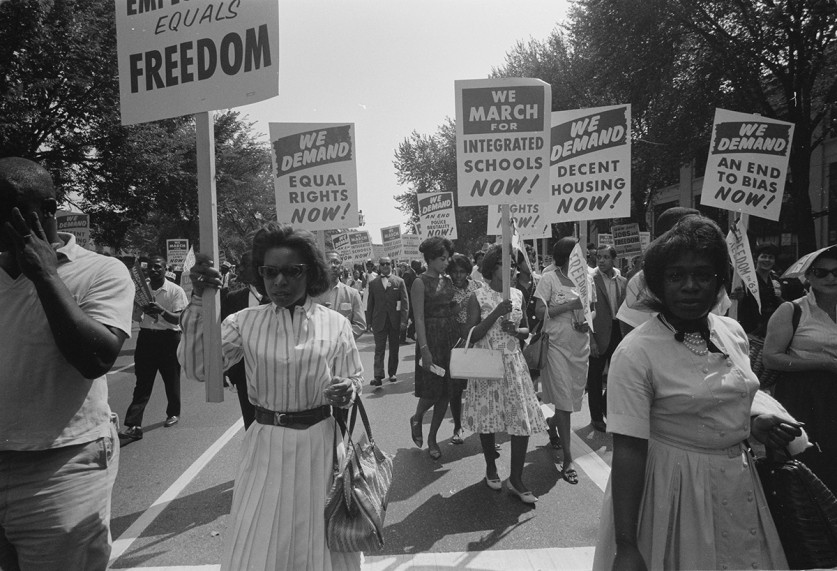
However, what became very evident in the development of this guide are: [a] the limitations of existing language to describe and contextualize the types and styles of cultural landscapes associated with African American experiences; and [b] the need to address these gaps and expand this lexicon. The goals of this guide include inspiring further research, investigation, contextualization, registration, and exploration. Given TCLF’s mission to “connect people to places,” our quest to make visible, instill value, and engage the public is foundational to increasing the awareness and informing stewardship decisions for all cultural landscapes.
Using the existing four cultural landscape categories (noted above), the following nine overarching themes created for this guide – “Enslavement,” “Impacts of African Culture on the American Landscape,” “Underground Railroad,” “Reconstruction,” “The Civil Rights Movement,” “Education”, “Public Accommodations,” “Commemoration and Healing,” and “Elevating Designers and Shapers” – can start to put forth a broad, critical framework for organizing these unique and significant cultural resources.

These efforts are essential because cultural landscapes are disappearing, and even if there are inevitable losses, these culturally distinct, rich and irreplaceable places need to be chronicled, researched, surveyed, documented, and registered. Moreover, oral histories need to be conducted with residents, kin keepers, stewards, and others associated with them, and their significance and existence needs to be trumpeted.
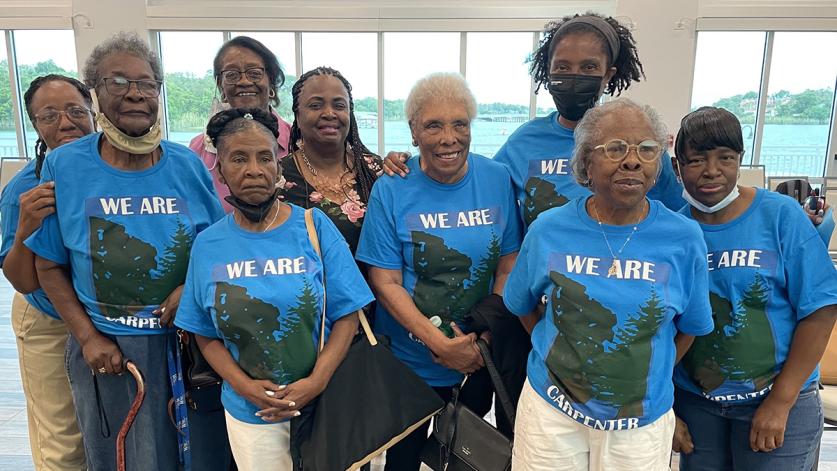
Again, this is just the start.
This Cultural landscapes Guide is not static; we will continually add new sites and pioneers. And while much of that research and work will be generated by TCLF, often we first learn about places and people through inquiries and input from the public. Therefore, we need your help in identifying cultural landscapes, and the people who shaped them, that should be added to this guide and whose stories should be told. Please contact us. We look forward to hearing from you and working together to tell this uniquely American story.
“One can tell a great deal about a country by what it chooses to remember: by what graces the walls of its museums, by what monuments are venerated, and by what parts of its history are embraced. One can tell even more by what a nation chooses to forget: what memories are erased and what aspects of its past are feared. This unwillingness to understand, accept, and embrace an accurate history, shaped by scholarship, reflects an unease with ambiguity and nuance—and with truth.”
— Lonnie Bunch 2023
Acknowledgements
The What’s Out There African American Cultural Landscapes Guide is the result of scholarly research by Celia Carnes, Caroline Craddock, Allan Greller, Natalia Gulick de Tores, Erica Schapiro-Sakashita, Jacqueline Shin, and Dena Tasse-Winter, with significant editorial support from Charles A. Birnbaum and Nord Wennerstrom. It was built-out by Justin Clevenger.
The guide was made possible with the support of numerous individuals and organizations, including the National Endowment of the Arts (NEA), which in 2021 awarded TCLF a grant to expand the What’s Out There database. A special thanks to Courtney Spearman, Design & Creative Placemaking Specialist in the Visual Arts Division for her guidance throughout. Additional support was provided by an anonymous donor and Vectorworks. The project was guided from its onset by key partners, Everett Fly, landscape architect and architect; Bradford Grant, interim chair and professor, Howard University; and, Dr. Andrea Roberts, when she served as an Associate Professor of Urban Planning at Texas A&M University and founding director of the Texas Freedom Colony Project.
Additional support was provided by Kurt Culbertson; Monette Hearn; Perry Howard; Idlewild Historic Community Planning Work Group; Har Ye Kan; Glen LaRue Smith; Jason Mattson; Liz Sargent; Susan Turner; and Woodland Park Historic Community Planning Work Group. Photography was provided by Diane Jones Allen; Marc Ancel; Charles A. Birnbaum; Tina Bishop; Colleen Carrington-Atkins; Tanner Christensen; Caroline Craddock; Janelle D’Avignon; DNREC/Delaware State Parks; Barrett Dougherty, The Emmett Till Memory Project; Allan Greller; Amelia Groom; Chris Harrison; Daniel Jeffries; Debbie Jones; Har Ye Kan; Leslie Schwartz Photography; National Park Service; James F. Parker; Nick Rolinski; J. Keyes Williamson; and others. Finally, we are also grateful to those firms that advanced the guide through dedicated summer internships. A special thanks to Meg Plumb of Design Workshop and their 2022 interns, Stephen Estevez, Jessica Huang, Nora Jacobs, Sabreena Leach, Shujing Yi, Jieya Yu and Yijun Zhang; as well as Lydia Gikas Cook, Aaron Hernandez, and Eric Kramer of Reed Hilderbrand and their 2023 interns, Bowen Dong, Brian Kohan, Florencia Lima, and Petch Peewsook.



